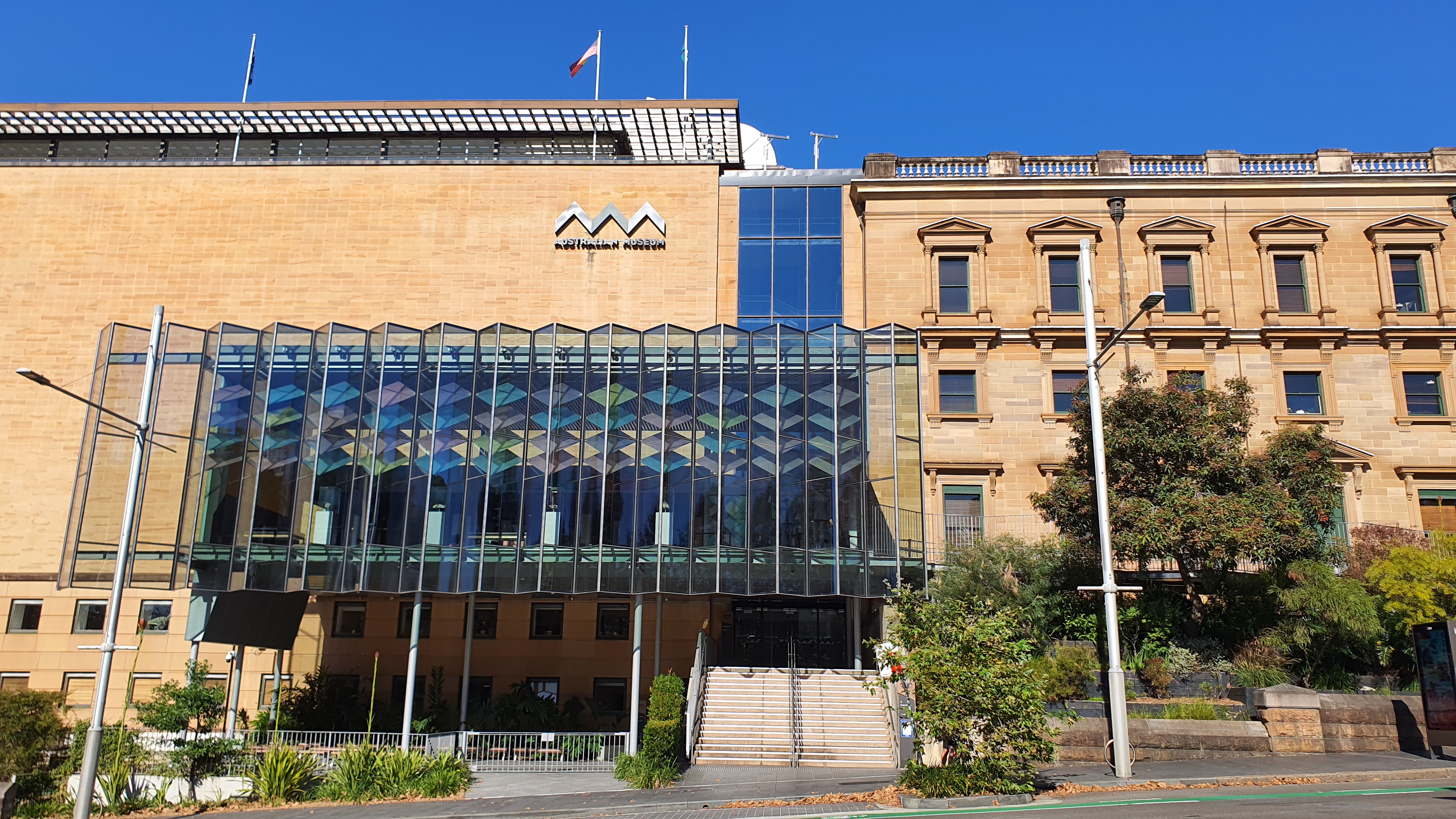How well species can move among habitat ‘islands’ in human transformed landscapes is key to their survival, a study finds.
When natural habitats are cleared to make way for cities, roads and agriculture, this often leaves behind “islands” of fragmented habitat that can place species at risk of extinction. Species are at risk when they find it hard to move among habitat patches to find resources and reproduce.
By combining lab experiments and mathematical modelling, researchers at McGill University and the Swiss Federal Institute of Aquatic Science and Technology have found a way to predict the movement of species that could guide conservation efforts to reconnect fragmented habitats.
The researchers determined that the survival of species lies in the interplay between their patterns of movement, such as how far they will travel to move between habitat fragments, and the way the corridors that link habitat patches are oriented.
They also found that the same landscape can promote the spread of certain species and impede the spread of others, depending on how far they will travel.
“We found that to predict the spread of species, we need to combine knowledge of their behaviour and about the network of potential corridors that link the habitat patches,” said McGill University Biology Professor Andrew Gonzalez, the lead author on a new study published in PNAS.
Lab experiments and mathematical modeling
The researchers reached this conclusion by combining a laboratory experiment with theory.
They first built patchy habitat networks in which to study the movement behaviour and population growth of a model species, the tiny, insect-like springtail Folsomia candida.
Then, they used a mathematical model to explore other scenarios not addressed by the experiment, such as networks containing many more habitat patches than in the experiments. Gonzalez and his team found that the time taken for a population to colonize a network of habitat fragments can be predicted by the distances between habitat fragments and how easily organisms move between fragments.
Informing conservation efforts
Conservation efforts in patchy landscapes are geared toward reconnecting isolated habitat fragments with corridors to help organisms find the resources they need to avoid extinction in the long run.
“We wanted to give conservation actors a way to quantify and predict the connectivity of patchy landscapes,” said Gonzalez.
“This knowledge is valuable for conservation NGOs because it could guide conservation action to reconnect patchy landscapes and ensure the long-term spread and persistence of threatened species.” said Bronwyn Rayfield, the researcher who collected the experimental data.
The researchers also believe the results can be used to assist with habitat corridor restoration efforts that are already underway in many parts of the world.
The Canadian federal government is currently preparing a strategy for the conservation of habitat connectivity and investing in protecting and restoring habitat corridors. The Global Biodiversity Framework agreed upon at the COP15 Convention on Biological Diversity also places a great emphasis on restoring habitat connectivity worldwide.
“We believe our results provide new knowledge to guide action by nations looking to achieve the 2030 target for habitat connectivity in the coming decade,” said Gonzalez, who is the founding director of the Quebec Centre for Biodiversity Science.




